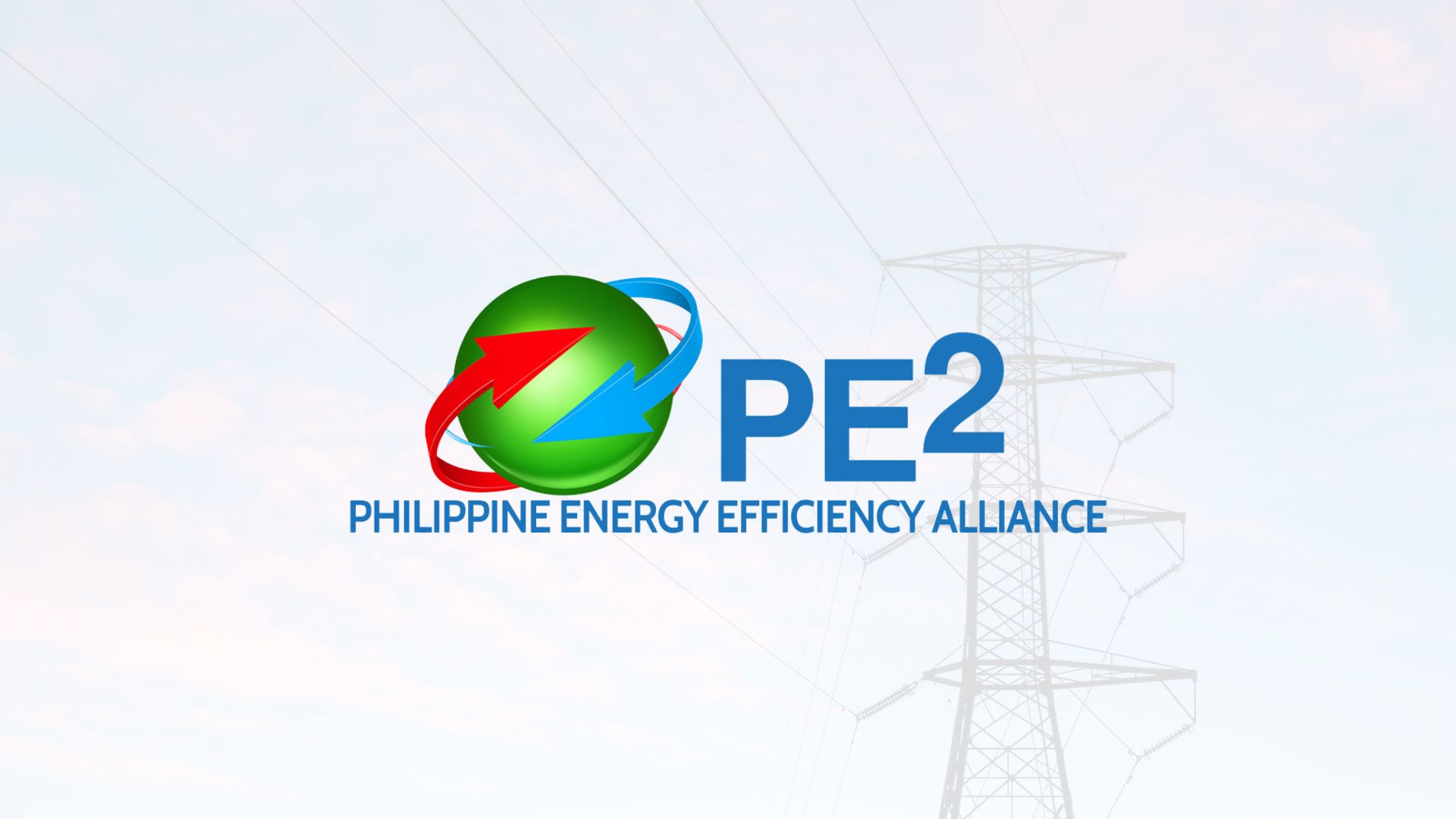PE2: Peak demand should be managed before building new capacities
- August 29, 2024
- 0

Philippine Energy Efficiency Alliance, Inc. (PE2) says that managing the country’s peak demand should be considered first before building new capacities.
PE2 said that from January to May 2023, the increase in heat index alone contributed to a peak demand surge of 3,340 MW.
In a report by the Independent Electricity Market Operator of the Philippines (IEMOP), Luzon’s peak demand in 2023 reached 314 MW, a 2.6% increase compared to 2022. Similarly, the Visayas saw a peak demand rise of 159 MW, up by 6.9% from the previous year, while Mindanao experienced a significant peak demand increase of 249 MW, 11.5% higher than in 2022.
The non-profit organization emphasized the importance of addressing peak demand through energy efficiency and renewable energy (RE) initiatives. While load shifting and peak shaving provide temporary relief by minimizing demand charges, energy efficiency, and RE offer a permanent solution that can significantly reduce energy expenses.
Additionally, PE2 stated that energy efficiency could potentially shave two daily peaks. PE2 president Alexander Ablaza explained that the mid-day peak could be reduced by improving cooling efficiency through the widespread adoption of high-efficiency air conditioners, the development and operation of district cooling systems, and the upgrading of chiller plants.
Meanwhile, for non-cooling systems, efficiency improvements can be achieved by upgrading motors, drives, compressors, indoor lighting, controls, and other commercial and industrial equipment.
Furthermore, the early evening peak can be reduced by enhancing efficiency in outdoor lighting, HVAC and cooling systems, household appliances, and other residential energy uses.
Ablaza also emphasized that load-shifting to off-peak periods can be facilitated by energy storage systems like thermal energy storage, kinetic energy storage, and battery energy storage.
Non-storage load-shifting, meanwhile, can be accomplished through strategic behavioral changes and adjustments in business operating hours or seasons.
PE2, however, noted that the Energy Regulatory Commission needs to reassess and expand the Time-of-Use (TOU) tariff differentials between peak and off-peak hours to encourage private sector investment in load-shifting technologies.